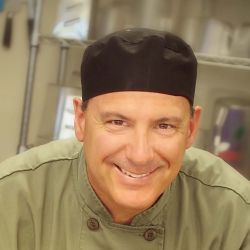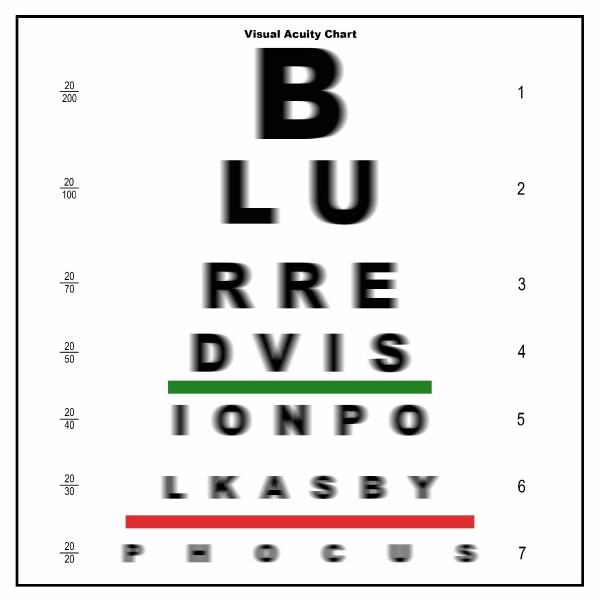 by David S. Hestrin
by David S. Hestrin
Since childhood, I wore glasses.
My eyesight was getting worse and worse each year – starting at 20/20 and eventually as bad as 20/400. And then, in my mid twenties my eyesight started improving to the point where I got checked at the eye doctor and my prescription was nearly cut in half, from -4 to -2.25.
One early morning, on the way back from shopping at an organic wholesaler in San Francisco, I decided to stop by the Redwood City DMV to get the restriction for corrective lenses taken off my license. I was a bit nervous and excited. At first I looked into the machine they used to test me with and the first letter was blurry. I thought to myself a word that starts with ‘f’, and then took a breath relaxed and proceeded to read all the letter perfectly and passed the test. The photos of my licenses before and after are at my website. Since then I haven’t spent another dime or any more time at an optometrist or lens grinder.
Since 2006, I had been curious about the phenomenon known as natural vision healing or the Bates method. Through this method I learned about eye exercises, relaxation, and how corrective lenses — eyeglasses and contacts — are actually the problem.
I had heard of many stories of people improving their eyesight before, but didn’t think about it applying to me. Both my parents wore glasses and I never thought about the mechanisms behind blurry vision.
As it turns out, glasses, contacts, and laser surgery, are not treating the cause of blurry vision at all!
I read about these people that improved their eyesight. They said that it was excess strain that caused the blur. This is what convinced me to give it a chance. I could feel immense tension in my shoulders, neck, and my eyes did not feel relaxed at all.
When I began working on improving my eyesight, I could barely read the computer screen. I would have to squint, enlarge the font, or use pinhole eyeglasses to see. However, within a few relaxation sessions I could read the screen comfortably.
Since then, I began documenting my journey in eyesight improvement and sharing it on youtube, my blog, and articles at Natural News. Dozens of people began sharing their stories with me about their improvements. I took on clients to help them improve their eyesight through decreasing stress and improving relaxation. I worked with people in their early teens all the way to their early nineties, and wrote two E-books: I Can See Clearly Now; The Strain Is Gone and The Cure For Blur.
Recently, I had the pleasure of meeting Sean and he gave me a space to share my story with you…
So I wanted to give the readers something they can actually do to improve their relaxation and see how it connects to their eyesight.
Now lots of people want exercises for how to improve their eyesight, and that’s great and all, but the truth is…
It’s not about exercises. It’s not about having to “strengthen” your muscles. Your muscles aren’t weak at all.
My hypothesis is that the eyesight is blurry because contradicting muscular contractions are squeezing the eyeball out of shape. How is this possible? Well, first you must know that the eyeball is filled with what is called the “vitreous”.
What is the “vitreous”? It is 99% water.
So now when you think about over-straining muscles that are enveloping what is similar to a water-balloon, can you believe that this would squeeze it out of shape?

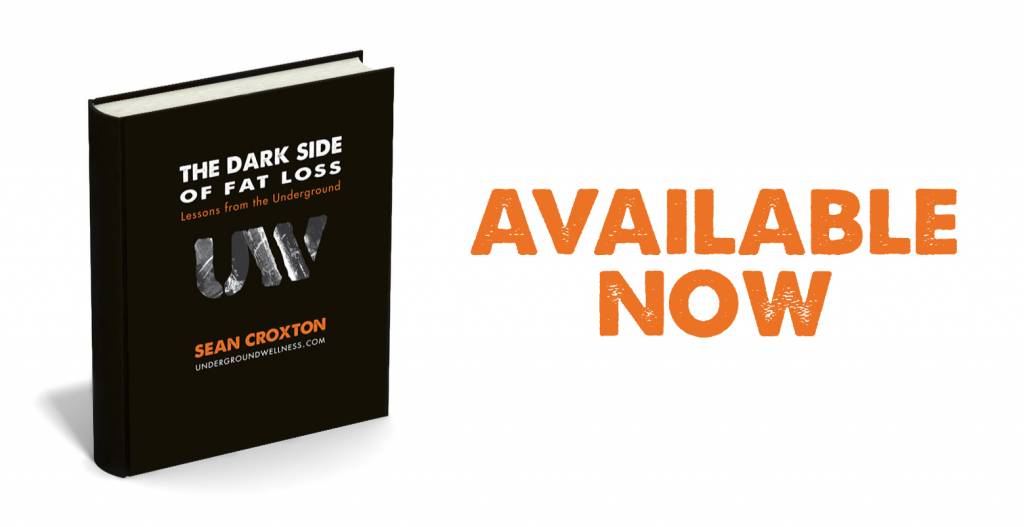
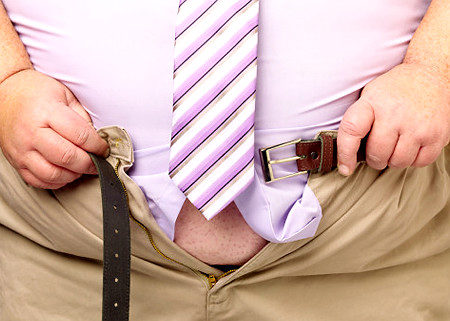 by Sean Croxton
by Sean Croxton by David S. Hestrin
by David S. Hestrin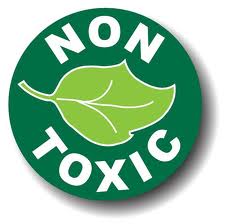 by Will and Susan Revak
by Will and Susan Revak
